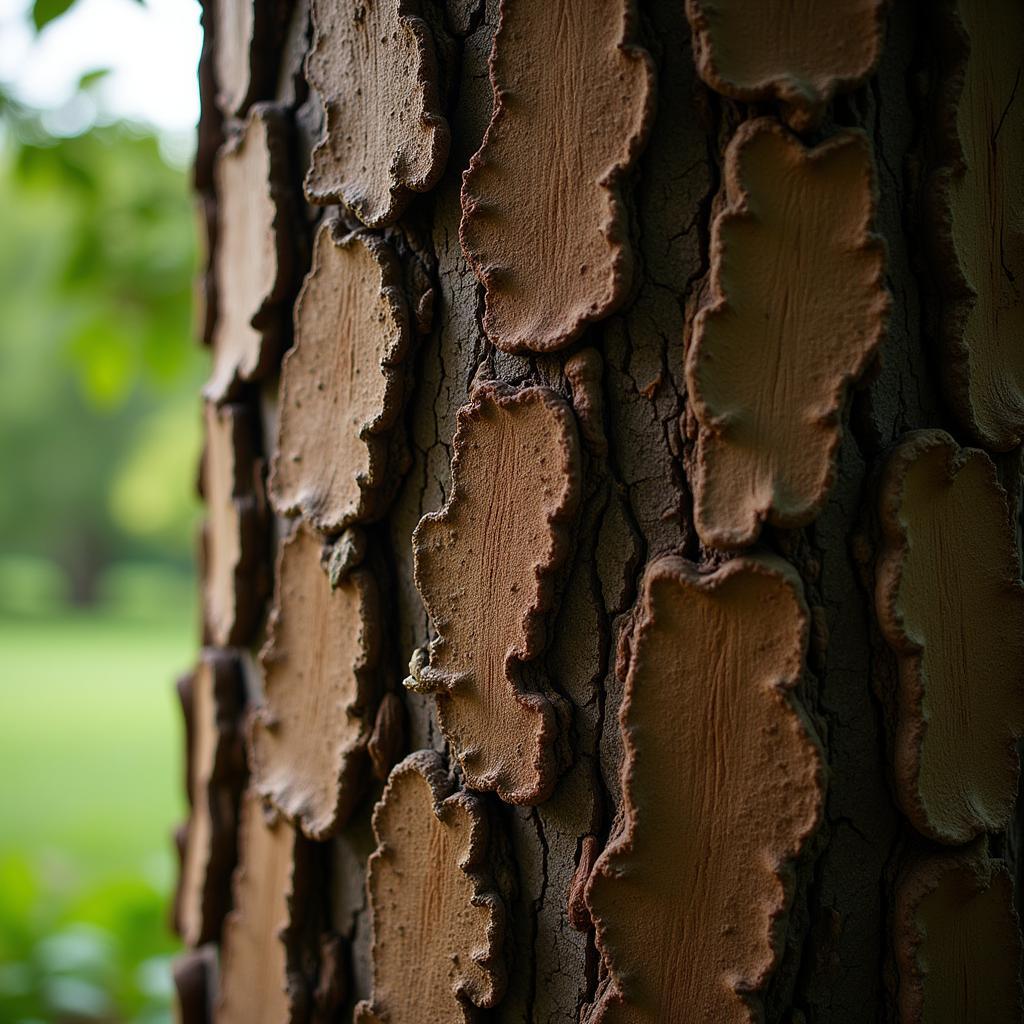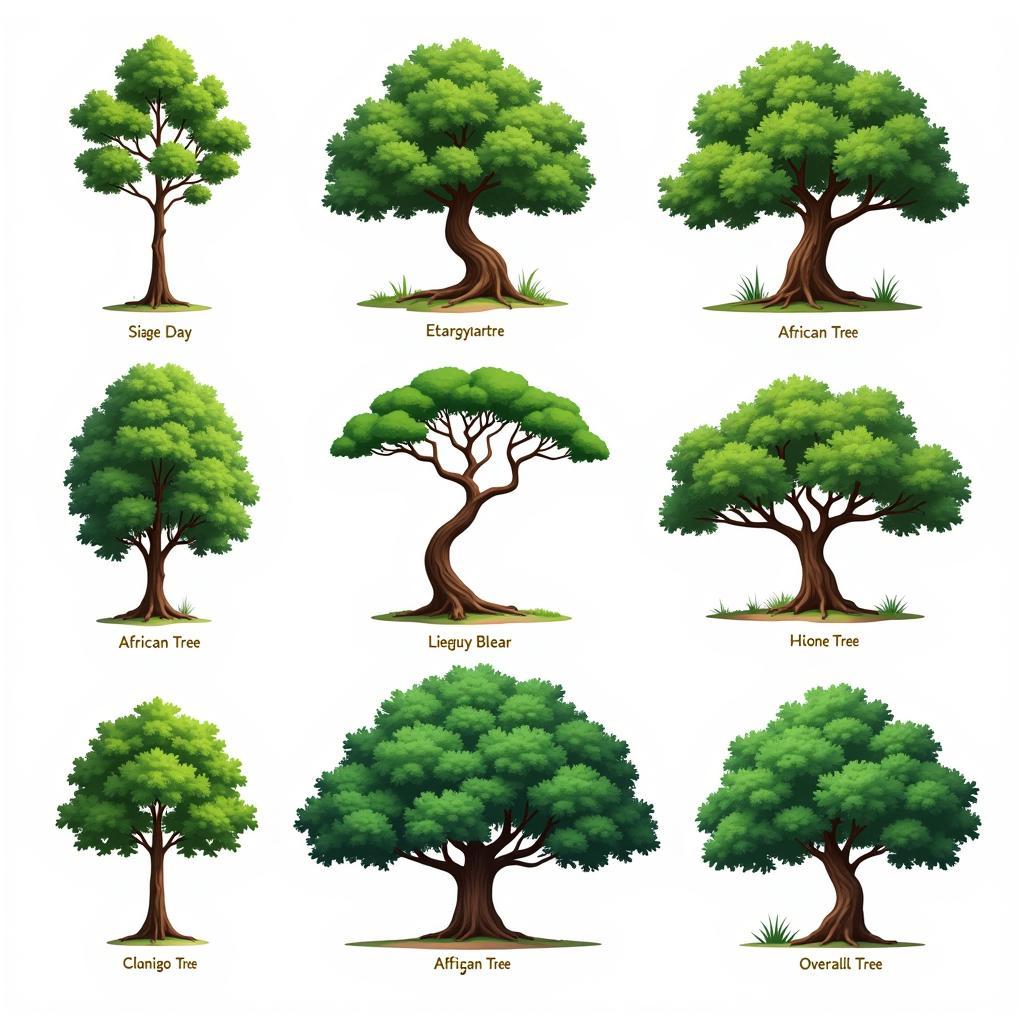The Far-Reaching Impact of African Dust in 2018
The year 2018 saw significant plumes of African dust, a naturally occurring phenomenon with global implications, travel across the Atlantic Ocean, affecting various regions. This article delves into the science behind African dust, its impact in 2018, and its broader implications for the environment, climate, and human health.
Understanding African Dust: A Natural Phenomenon
African dust originates from the Sahara Desert and Sahel region, the world’s largest sources of dust aerosols. These fine particles, composed of minerals like iron, phosphorus, and calcium, are lifted into the atmosphere by strong winds and can be transported thousands of kilometers.
The 2018 Dust Events: A Look Back
In 2018, several major African dust outbreaks made headlines. One notable event in June carried a massive plume of dust across the Atlantic, reaching the Caribbean, South America, and the southeastern United States. This event led to hazy skies, reduced air quality, and even impacted coral reefs in the Caribbean.
Environmental and Climatic Impacts
African dust plays a complex role in the Earth’s climate system. On the one hand, the dust reflects sunlight back into space, potentially having a cooling effect. On the other hand, the dust can also absorb sunlight, contributing to warming in certain regions.
Furthermore, the minerals in African dust act as fertilizers for ecosystems like the Amazon rainforest. The phosphorus in the dust, in particular, is crucial for plant growth in these otherwise nutrient-poor soils.
Health Implications and Air Quality Concerns
While African dust is a natural phenomenon, high concentrations can negatively impact human health. The dust particles can irritate the respiratory system, exacerbating conditions like asthma and other respiratory illnesses. During significant dust events, air quality can deteriorate significantly, prompting health advisories and impacting daily life.
African Dust and the Future
Understanding African dust and its multifaceted implications is crucial, especially in light of climate change. Scientists are studying how changes in wind patterns and desertification might impact the frequency and intensity of dust storms in the future.
Conclusion
African dust, a natural phenomenon with global reach, played a significant role in 2018, impacting various aspects of our planet. As we move forward, continued research and monitoring of African dust are essential to comprehend its implications for the environment, climate, and human health fully.
Frequently Asked Questions about African Dust
1. How far can African dust travel?
African dust can travel thousands of kilometers, reaching the Caribbean, South America, North America, and even Europe.
2. What is the main cause of African dust storms?
Strong winds blowing over the Sahara Desert and Sahel region lift dust particles into the atmosphere, causing dust storms.
3. Does African dust have any positive effects?
Yes, African dust can fertilize ecosystems like the Amazon rainforest and potentially have a cooling effect on the climate by reflecting sunlight.
4. How does African dust affect air quality?
African dust can reduce air quality by increasing the concentration of particulate matter, which can be harmful to human health.
5. Is climate change affecting African dust?
Scientists are studying how climate change might impact the frequency and intensity of African dust storms.
You can read more about the impact of African events on our “african blue movies 2018” and how it intertwined with cultural representations during that year.
For those interested in the economic implications of such events, our article on the “african free trade area upsc” provides valuable insights.
To explore the intersection of African dust and cinematic narratives, our piece on “african american movies 2017 and 2018” offers a unique perspective.
If you’d like to delve into the impact on specific industries, our coverage of the “african fine coffee conference & exhibition 2018” sheds light on how this sector was influenced.
Lastly, for a visual exploration of how African dust intersected with fashion trends, our “african fashion dresses pictures 2018” collection offers a captivating journey.
Need help or more information? Don’t hesitate to contact us:
- Phone: +255768904061
- Email: kaka.mag@gmail.com
- Address: Mbarali DC Mawindi, Kangaga, Tanzania
Our dedicated customer support team is available 24/7 to assist you.



